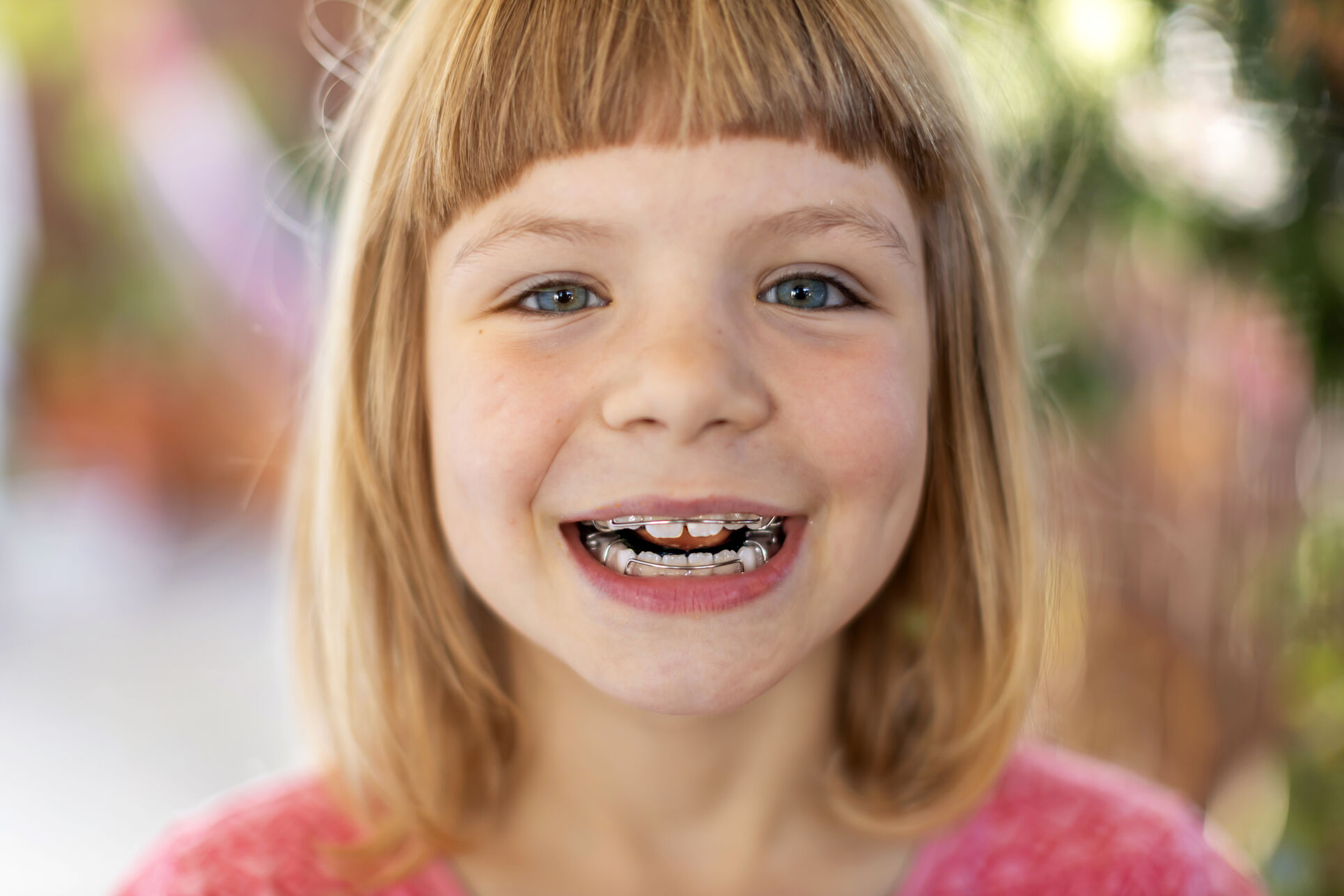Contents

Why Should Your Child See an Orthodontist? A Parent's Guide
Orthodontics, a specialty dedicated to the prevention and correction of dental and jaw alignment abnormalities, is crucial for a child's development. An early consultation allows for the prompt detection of issues like misaligned teeth, malocclusions, and functional problems. This guide for parents explains why early intervention is essential for ensuring healthy teeth and harmonious development.
Orthodontics is a specialty of dental surgery dedicated to the prevention and correction of dental abnormalities, whether they relate to jaw positioning or teeth alignment.
An early consultation with an orthodontist, starting from the age of 6 or 7, is not premature because it can already identify certain oral health issues:
- Misaligned teeth or teeth that lack the necessary space to erupt between two other teeth.
- Dental malocclusion: a discrepancy or improper fit between the two jaws. This situation is more common in children who tend to suck their thumb or use a pacifier.
- Anomalies in physiological functions: problems with speech, chewing or swallowing, sleep apnea…
At What Age Can a Child Start Orthodontics?
Orthodontic treatment can start as early as age 7, as the child does not yet have their permanent dentition at this age. This is often referred to as Phase 1 or interceptive orthodontics.
If the orthodontist diagnoses a malocclusion to be corrected, a discrepancy between jaws with slowed growth, or an aesthetic issue (which can lead to a lack of self-confidence due to teasing at school, for example), a treatment may be prescribed even before the age of 7.
It is recommended to have a screening visit with an orthodontist around the age of 7 to establish an oral health assessment and to set up a suitable treatment plan if necessary.
What Are the Stakes and Results from an Aesthetic Point of View?
Many people feel self-conscious and hesitate to smile due to misaligned teeth or mismatched jaws. Orthodontic treatment helps to achieve a more harmonious smile and regain self-confidence, in personal as well as professional life, for adults, children, and teenagers alike.
What Are the Different Dental Appliances Available?
The choice of appliance recommended by the orthodontist will depend not only on the child's age but also on the treatment goals.
If the goal is to prevent and correct jaw discrepancies, or a jaw that is too narrow to accommodate the permanent teeth, the orthodontist will suggest a fixed or removable orthodontic appliance.
Older generation removable appliances (large in size) are usually worn at night to not interfere with the child's daily life. Modern removable appliances, which are light and discreet like clear aligners, can also be worn during the day as they do not hinder the child's daily activities.

In cases of a narrow upper jaw, the dentist may also suggest a palatal expander. This dental appliance gradually and very gently widens the jaw by acting on the growth of the palate's suture, using a key that is turned daily to increase the width of the jaw and dental arch.
For older children, whose growth is complete (around 16 for a girl, 17 for a boy on average), it is even possible to consider adult orthodontic treatment: metal braces, ceramic braces, lingual braces, or clear aligner treatment.
How Long Does Orthodontic Treatment Last for a Child?
Phase 1 or early interceptive treatment typically lasts about 12-18 months. This is often followed by a period of observation, and a second phase of treatment (Phase 2) may be needed once most of the permanent teeth have erupted.

What is the Cost of Orthodontic Treatment for a Child?
The cost of braces varies slightly depending on the type of appliance chosen and especially on the complexity of the problem to be treated. Orthodontists set their own fees, which generally range from $3,000 to $7,000 for a full course of treatment.
The orthodontist will, of course, provide you with a detailed quote before starting the treatment and outlining the potential costs, specifying the remaining balance after insurance reimbursement.
Is Treatment Covered by Dental Insurance?
Most dental insurance plans offer some coverage for orthodontics, especially for children under 19. Coverage typically involves a lifetime maximum benefit per person (e.g., $1,500 to $2,500), and the plan usually covers a percentage of the total cost (often 50%) up to that maximum.
It's important to carefully review your specific insurance plan to understand the details of your orthodontic coverage.
FAQ
At what age should the first consultation be?
The American Association of Orthodontists recommends that a child have their first orthodontic consultation by the age of 7, when the permanent incisors begin to erupt. This is the period of "mixed dentition," during which permanent teeth gradually replace baby teeth.
What are the warning signs that should prompt a visit to an orthodontist?
Before the permanent teeth appear, certain signs may alert you. You might observe crowding, pronounced spacing, a discrepancy between the upper and lower teeth, a tendency to breathe frequently through the mouth, a protruding jaw, or nighttime snoring.
What are the preferred treatments?
Nowadays, many treatments can permanently correct these issues in children. If in doubt or if you need more information, consult an orthodontist. They will perform a diagnosis and advise you on whether treatment is necessary for your child.
What are the benefits of orthodontic treatment for a child?
The benefits of orthodontic treatment are both aesthetic and functional:
- Aesthetics (alignment, creating space for the development of permanent teeth, better jaw positions within the face).
- Taking advantage of the child's young age to use growth to optimize the future result and reduce treatment time in adolescence by more than a year.
- Better chewing.
- Improved breathing.
- Improved speech.
- Optimizing jaw growth to correct discrepancies.
- Reducing the risk of cavities through alignment.
- Reducing the risk of fracture to protruding front teeth in case of trauma.
